Yarn Weights: A Complete Guide for Beginners!
- Blog Views : 1621
- Symfonie Yarns
- 05Aug, 2023
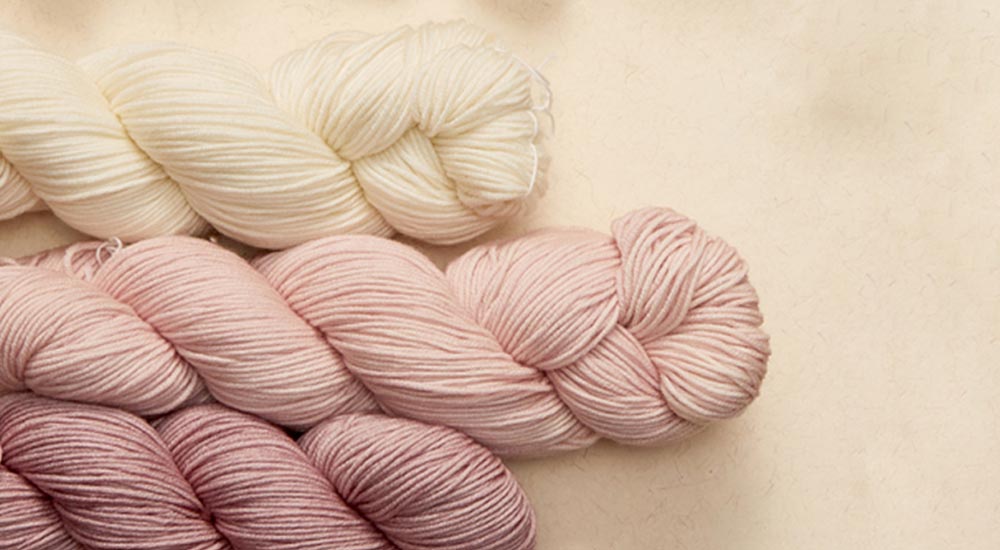
It is not uncommon for people who are interested in knitting and crochet to feel overwhelmed by the sheer number of yarns out there. You can walk into a yarn store, filled with salespeople and fiber fanatics and feel like you are in another world. Take heart! It’s not the case. It’s not all that confusing. It’s just new and, if you persevere, you will become familiar with it by simply taking your time and pursuing your interest in the wonderful world of yarn.
First, let’s start by recommending you become aware of a helpful organization in the craft industry that brings together people and information in one place. It’s called the Craft Yarn Council and its whole purpose is to educate and grow interested in the world of fiber craft. To that end, they developed a chart that shows the variety of “weights” for yarns. It is important to remember that the word “weight” does not refer to what a skein of yarn actually weighs. It refers to the thickness of the yarn. Look here to see what we mean.

Source: Craft Yarn Council's www.YarnStandards.com
Now take a moment, and study the different categories listed here. As you can see, the yarn comes in a variety of thicknesses – from 0 (lace) to 7 (jumbo) If you have a pattern in mind, chances are good that it will tell you exactly what “weight” (thickness) to use when making your pattern. It’s simple enough to look at this chart and see exactly where you should be looking when you are in the yarn store – or when you are asking a salesperson for some guidance.
If, on the other hand, you know you wish to find a yarn that would be suitable for a muffler or a hat, you can look at this chart to see what might be best.
Let’s do a little rundown here to describe the facts about each thickness (weight) mentioned:
Fingering Weight Yarn
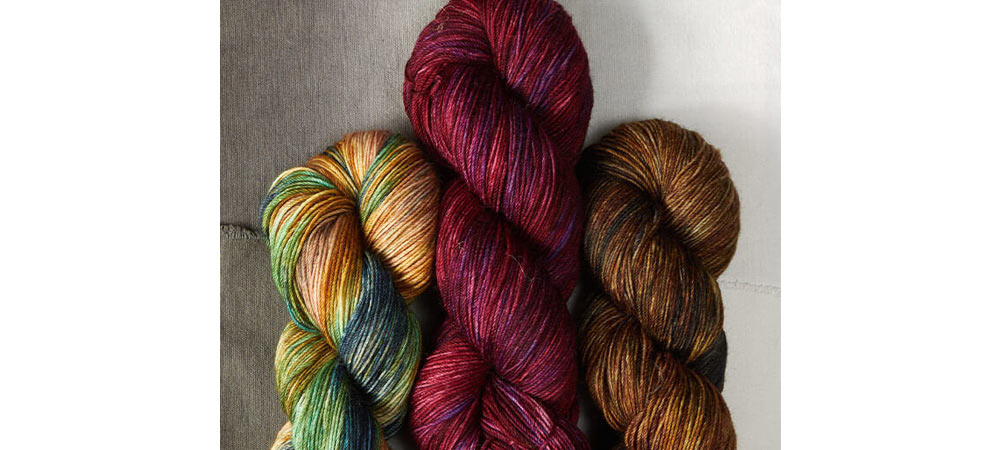
This is one of the thinner yarns on the market. (The absolute thinnest is lace weight.) Often used for lightweight items, it will yield about 8-10 stitches per inch on sized 2-3. (US) needle. (In other words, knitting with this yarn goes slowly. It’s often used for shawls and pretty crocheted items. Here’s an example of a pattern made with fingering weight yarn – A sweet baby sweater done on a size 2 needle. Sock yarn is equal to the fingering weight. It is just not limited to socks but anything lightweight.
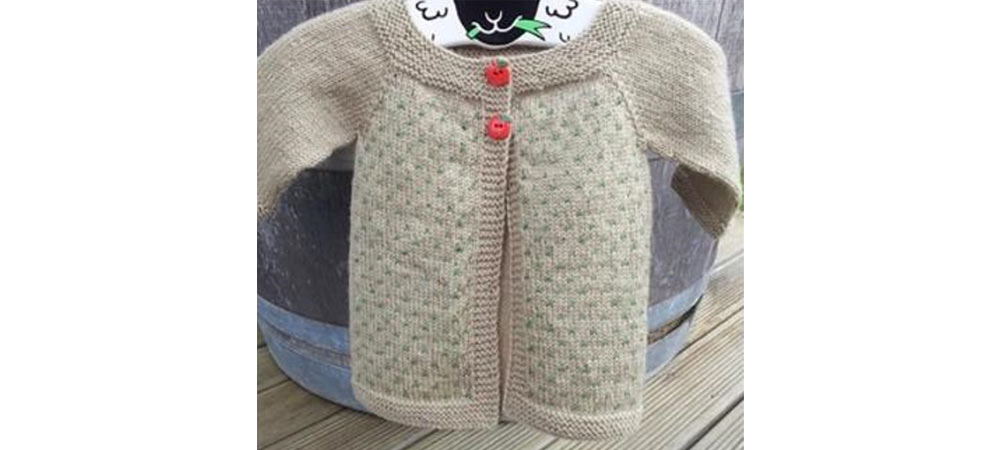
Fingering weight yarn can also be used to create shawls or lightweight blankets, using a larger needle. Here’s a free pattern for just such an item.
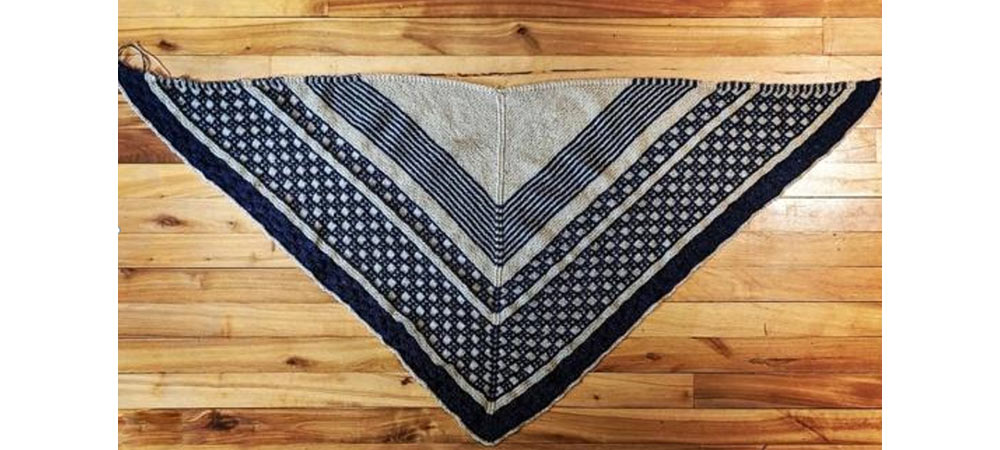
Worked back and forth on size 6 and 7 (US) needles (circulars) this wonderful shawl is made using a fingering weight yarn like this one. Using a larger size needle with thin yarn results in a lightweight lacy garment. Do not let the fact that it is called “sock weight” deter you. Sock weight is also a fingering weight. Sock yarn often has a bit of nylon in it. You won’t see the nylon but it helps to give the yarn a little body. It also imparts a little elasticity and durability when used for socks which can stretch out and wear easily. You could do it in the graphic version of black and white or have a little fun and combine two strong colors like these!
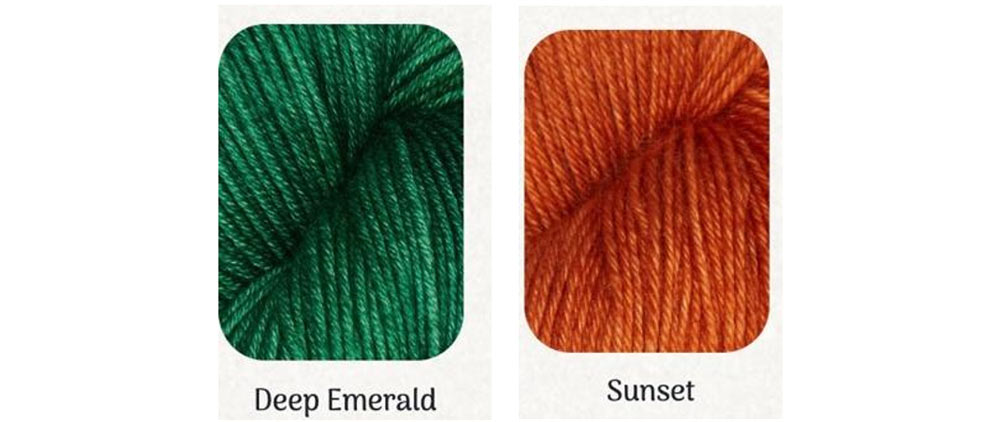
DK Weight Yarn
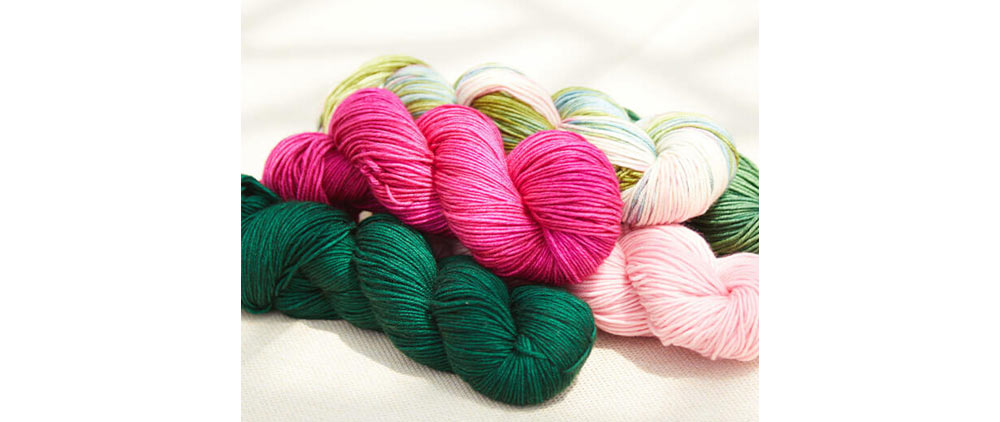
DK yarn is a yarn with a little more thickness than fingering or sock yarn. It is also known as light worsted in some stores. It works well for lightweight sweaters, children’s knits, accessories like hats and mittens and even home décor items like blankets and pillows. Pure wool DK weight is warm without being bulky, and it comes in a variety of yarns and blends besides wool. It’s most often worked on needles sized 4-6 (US), or crochet hooks, sized G-H. (US). The stitch definition is very good and the pattern availability is great since it’s a very popular weight. Take a look at this collection of DK-weight yarns. There are over 60 colors from which to choose and it’s 100% pure merino.
Here's a darling little baby sweater using a DK weight yarn. You can find the pattern here!
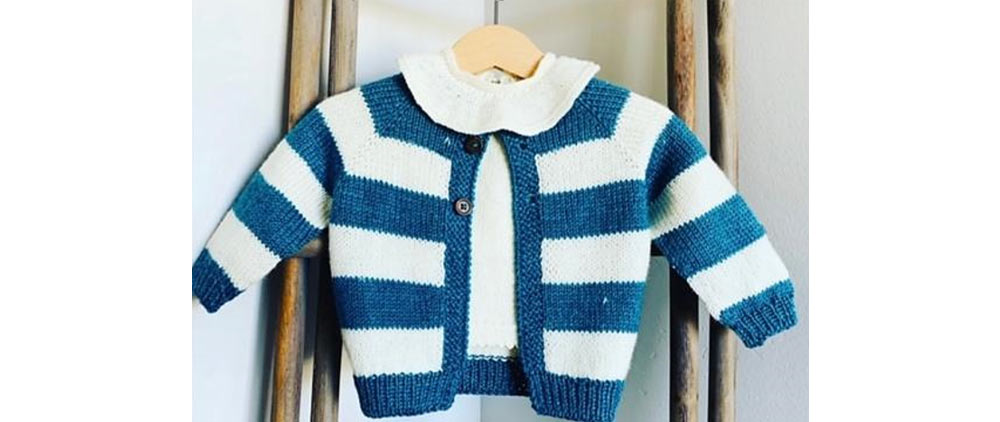
Worsted weight Yarn
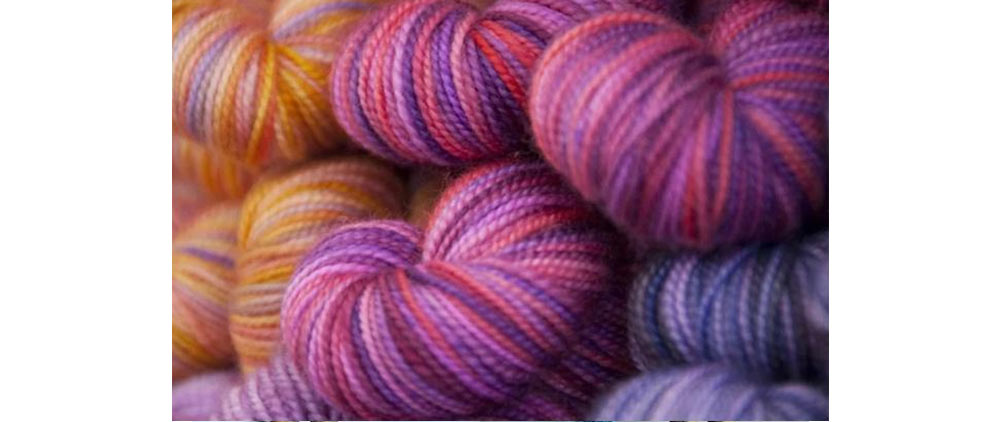
The phrase "worsted weight yarn" refers to medium-weight yarn that is heavier than DK yarn / double knitting yarn, sports weight yarn, baby weight yarn, or fingering weight yarn. It is lighter than chunky or bulky yarn. It is often worked on a size 7 – 9 (US) knitting needle or on a crochet hook sized I - K (US).
Worsted weight yarn appeals to crochet enthusiasts, knitters, weavers, textile artists, and crafters for use in a wide variety of projects. You can use worsted-weight yarn to create outdoor sweaters, hats and mittens, blankets, Afghans, toys and so much more. Here’s a pattern for a wonderful and comforting blanket worked in worsted-weight yarn.
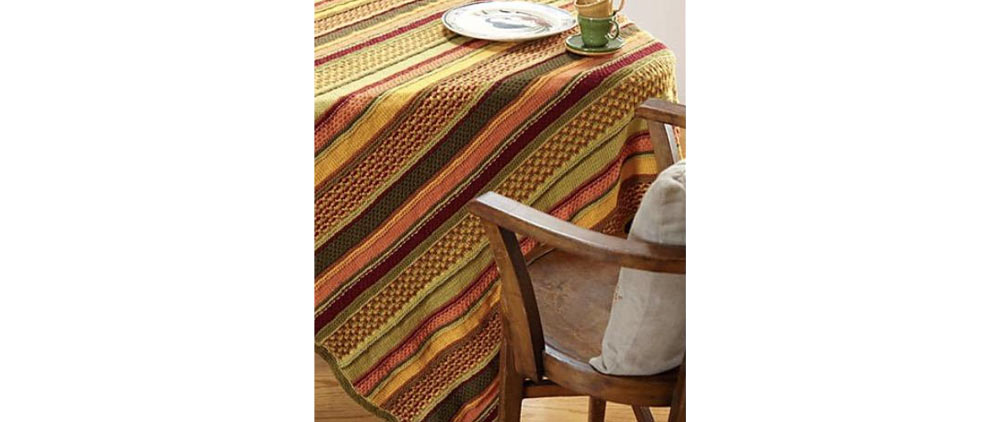
We have covered a few of the most popular yarn weights here, but there’s more to come! We will be back in our next yarn series post to cover the remaining weights (thicknesses) of yarn. We look forward to sharing more with you!
-
- 14 Oct,2025
-
- 10 Oct,2025
-
- 06 Oct,2025
-
- 01 Oct,2025
-
- 25 Sep,2025
-
- 20 Sep,2025
Copyright © Symfonie Yarns 2025 - all rights reserved | RSS Feed
